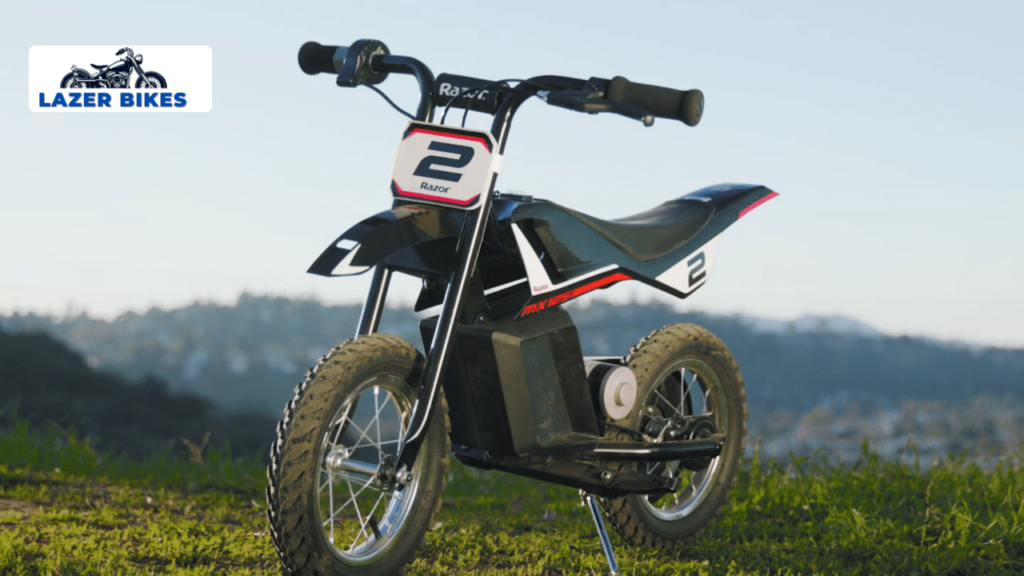Introduction
Dirt bikes are exhilarating machines that provide an unmatched adrenaline rush. While they are primarily designed for off-road adventures, many dirt bike enthusiasts wish to make their Dirt Bike Street Legal to enjoy the thrill on both terrains. In this article, we will explore the process of transforming a dirt bike into a street-legal vehicle, ensuring compliance with legal requirements and enhancing safety. Whether you’re an avid rider or a beginner looking to explore the world of dirt biking, this guide will provide you with the necessary steps to make your dirt bike street legal.
Step 1: Research Your Local Laws and Regulations
Before you begin the conversion process, it’s essential to research and understand the laws and regulations governing street-legal dirt bikes in your specific region or country. Laws can vary significantly, so it’s crucial to familiarize yourself with the requirements to avoid any legal issues. Some common aspects to consider include minimum equipment requirements, emission standards, licensing, registration, and insurance.
Step 2: Lighting and Electrical Upgrades
One of the primary requirements for a street-legal dirt bike is adequate lighting. You will need to install and ensure the proper functioning of the following lighting components:
Headlight
A high-quality headlight is essential for safe street riding. Opt for a powerful headlight that provides sufficient visibility during nighttime or low-light conditions. It should be able to illuminate the road ahead effectively.
Taillight and Brake Light
To make your dirt bike street legal, you must have a functioning taillight and brake light. These lights alert other motorists to your presence and indicate when you are slowing down or coming to a stop.
Turn Signals
In most jurisdictions, turn signals are a legal requirement for street-legal motorcycles. Install front and rear turn signals to indicate your intention to change lanes or make a turn, enhancing safety on the road.
Horn
A horn is necessary to alert pedestrians and other motorists of your presence. Ensure it is loud enough to be heard in different traffic conditions.
Mirrors
Street-legal dirt bikes typically require rear-view mirrors. Install high-quality mirrors that provide a clear view of the traffic behind you, improving your situational awareness.
Step 3: Tires and Wheels
When converting your dirt bike for street use, the type of tires and wheels you choose can significantly impact the bike’s performance and safety. Street-legal dirt bikes generally require tires with proper street tread patterns for optimal grip on paved surfaces. Check your local regulations for specific tire requirements. Additionally, ensure that your wheels are in good condition and properly aligned to maintain stability and control while riding on the street.
Step 4: Brakes and Suspension
Upgrading your dirt bike’s brakes and suspension is crucial for safe street riding. Consider the following aspects:
Brakes
Make sure your dirt bike is equipped with a reliable braking system that meets the legal requirements. Ensure the brake pads are in good condition and the braking mechanism is responsive.
Suspension
Street riding involves encountering different road conditions. Optimize your dirt bike’s suspension to handle bumps, potholes, and varying terrain found on the streets. Adjust the suspension settings to ensure a comfortable and controlled ride.
Step 5: Exhaust System
The exhaust system of your dirt bike plays a vital role in meeting legal requirements and environmental standards. Some jurisdictions have specific noise and emission regulations for street-legal dirt bikes. Ensure that your exhaust system complies with these regulations while also providing optimal performance.
Step 6: Speedometer and Odometer
Many regions require street-legal dirt bikes to have a functioning speedometer and odometer. These instruments provide essential information such as speed, distance traveled, and trip readings. Install a reliable speedometer and odometer that meet the legal requirements in your area.
Step 7: Licensing, Registration, and Insurance
Once you have successfully completed the necessary modifications to make your dirt bike street legal, you will need to take care of licensing, registration, and insurance requirements. Visit your local Department of Motor Vehicles (DMV) or relevant authority to understand the specific procedures and documents needed to obtain a street-legal dirt bike license plate, registration, and insurance.
Conclusion
Transforming a dirt bike into a street-legal vehicle requires careful consideration of legal requirements, safety measures, sound regulations, emissions standards, tire selection, and necessary paperwork. By following the outlined steps and ensuring compliance with local regulations, you can enjoy the thrill of riding your dirt bike on both off-road trails and city streets.
FAQs (Frequently Asked Questions)
Is it legal to ride a dirt bike on the street?
The legality of riding a dirt bike on the street depends on local laws and regulations. Research your jurisdiction’s rules to determine if it is permissible and what modifications are required.
Can I convert any dirt bike into a street-legal vehicle?
Not all dirt bikes can be easily converted into street-legal vehicles. Some models may require significant modifications, while others may not be suitable for conversion at all. Research and consult with experts to determine the feasibility of converting your specific dirt bike.
How much does it cost to make a dirt bike street legal?
The cost of making a dirt bike street legal can vary depending on factors such as required modifications, equipment, and local regulations. It is advisable to budget for expenses related to safety equipment, lighting systems, exhaust modifications, tires, and paperwork.
Can I ride a street-legal dirt bike off-road?
Yes, street-legal dirt bikes can be ridden off-road as well. However, it is important to remember that certain modifications made to meet legal requirements may affect the bike’s off-road performance.
Can I perform the modifications myself, or should I seek professional help?
While some modifications can be done by experienced riders, others may require technical expertise. It is recommended to seek professional help, especially for complex modifications like emissions control and electrical system upgrades.
Post Disclaimer
The information contained in this post is for general information purposes only. The information is provided by How to Make a Dirt Bike Street Legal ? Best 7 Step Guide and while we endeavour to keep the information up to date and correct, we make no representations or warranties of any kind, express or implied, about the completeness, accuracy, reliability, suitability or availability with respect to the website or the information, products, services, or related graphics contained on the post for any purpose.


